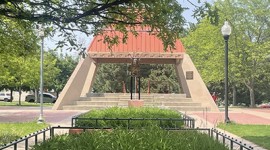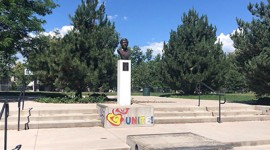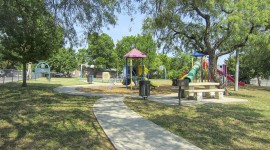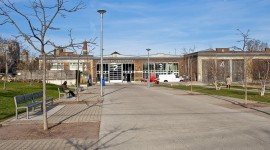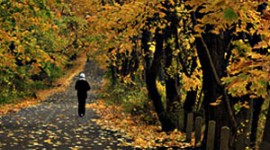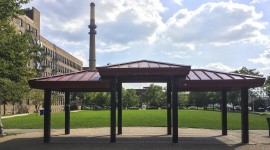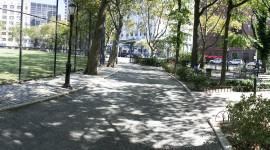Small Active Park
More accessible on a daily basis than larger parks, these municipally owned parks, typically five to ten acres, were inserted within existing neighborhoods where they could serve people who lived in ever-more congested surroundings. Advocated for by nineteenth-century social reformers, these parks emphasized active, organized recreation, play leaders, and playgrounds over the creation of landscape scenery or horticultural display. Organized recreational activities were provided to promote good health and foster civic ideals. By the 1930s, these spaces would predominantly be taken over by organized sports facilities (e.g. basketball courts, ball fields).



